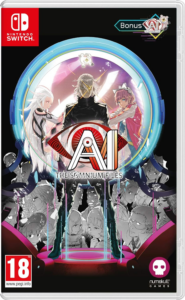A tack stack is basically the combination of software and programming language used to build an app or software. Choosing what stack to use is a big decision. If every component isn’t perfectly optimized, you can find yourself facing crashes, error reports, and other problems that keep users away.
So how do you choose a tech stack that’s right for your product? It’s not as simple as you might think. Having a plan in place is essential so you can build an easily adaptable product that continues into the future. Let’s dive deeper into the anatomy of a tech stack and how to make the right choice.

Understanding Your Tech Stack
There are two main sides of a tech stack: the frontend and the backend. You might also hear this referred to as the client side and the server side. The client side is where the application interacts with the user. This can be through both mobile or web app.
Frontend Technology:
- HTML
- CSS
- Javascript
Within Javascript, you have a few different options for the framework. The most popular today are Angular JS which is by Google and ReactJS which is by Facebook. They’re both based around the user experience, and they’re highly intuitive. They’re also both language independent, so you have the freedom to choose any tech stack on your server side.
The backend of a tech stack is the server side. It includes an application, a server, and a database. This is the side that responds to user requests, accesses the database, and executes operations. The most popular backend stacks for the backend include LAMP and Python.
Finally, some products will need middleware. This is the hidden layer between the two that connects them and elps with communications. It includes content management systems, web servers, or any other support tools.

Considering Factors
Now that we’ve discussed the different parts that makeup tech stacks as well as the most popular languages, it’s time to talk about everything you need to consider before you choose the right one. What you choose will ultimately depend on the size of your project as well as your future goals.
Factors
- Project Size – First you’ll need to analyze your project type. A smaller project which needs to be completed quickly can likely be done with a CMS system like WordPress for web projects. For complex projects, you’ll likely need to use several programming languages.
- Knowledge Base – Another thing to consider is the knowledge base available for your chosen stack. More established languages will likely have a variety of resources to call upon, and this means you’ll have more documentation and support to work with.
- Development Time – If you have a set date for launch, you’ll need to consider your time to market or development time.
- Scalability & Maintainability – While no technology will ever be 100% future-proof, knowing that you can build and maintain your product for years to come is essential. Whether you maintain your product through logging (learn more here) or scaling upwards, this planning is vital.
Focusing on the factors above will help you choose the right stack for your project. Sometimes you need to be realistic and focus on how your stack will survive into the future. Technology is always changing, and that means looking for new ways to stretch your products.














